Advertisement
Mechanisms range from inflammation to infection of neurons
The more cases of COVID-19 we diagnose, the more neurologic manifestations we recognize. From loss of taste and smell to stroke to Guillain-Barré-type syndromes and meningoencephalitis-like illnesses, the presentations of COVID-19 infection are as varied as their mechanisms.
Advertisement
Cleveland Clinic is a non-profit academic medical center. Advertising on our site helps support our mission. We do not endorse non-Cleveland Clinic products or services. Policy
“Some neurologic manifestations, which previously were thought to be rare, now appear to be more common,” says Jeffrey Cohen, MD, Director of the Experimental Therapeutics Program in Cleveland Clinic’s Mellen Center for Multiple Sclerosis Treatment and Research.
In the newest episode of Cleveland Clinic’s Neuro Pathways podcast, Dr. Cohen discusses the latest understanding of COVID-19’s neurologic effects. His audio interview touches on:
Click the player below to listen to the 16-minute podcast, or read on for a short edited excerpt. Check out more Neuro Pathways episodes at clevelandclinic.org/neuropodcast or wherever you get your podcasts.
Advertisement
Dr. Cohen: Stroke is turning out to be an important neurologic manifestation of COVID-19. There are two scenarios. One is in the older patient with cardiovascular comorbidities, who may develop a stroke in association with a critical COVID-19 infection. The other setting that we’re recognizing increasingly is stroke in young people. That may be due to the hypercoagulable state that the virus infection may induce, or it may be due to a vasculitis-like illness. If one encounters a stroke in a young person, COVID-19 is an important consideration.
Some neurologic manifestations of COVID-19 infection are immune-mediated. These include illnesses that look like Guillain-Barré syndrome or other acute central nervous system inflammatory demyelinating conditions. But, in some patients, there may be a direct viral infection of the central nervous system. There have been emerging cases of a meningoencephalitis-like illness. Infection of neurons in certain key areas of the brain, such as those involved with cardiopulmonary regulation, also may contribute to respiratory failure.
Other symptoms of COVID-19 include ageusia (loss of taste) and anosmia (loss of smell). These symptoms are of interest because they’re unusual and because they can occur acutely with only mild other symptoms or, in some cases, preceding other symptoms. In some patients, they may be due to inflammation of the nasal pharynx. But in other cases, it has been hypothesized that they result from direct viral infection of olfactory bulb neurons or other central nervous system neurons involved in taste and smell.
Advertisement
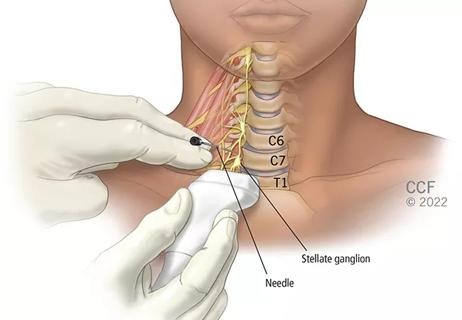
Patients report improved sense of smell and taste
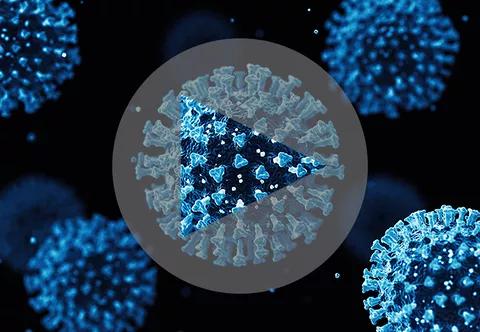
Clinicians who are accustomed to uncertainty can do well by patients
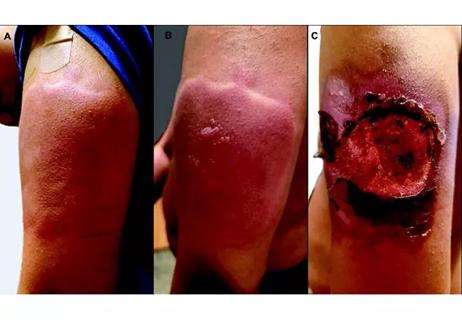
Unique skin changes can occur after infection or vaccine

Cleveland Clinic analysis suggests that obtaining care for the virus might reveal a previously undiagnosed condition
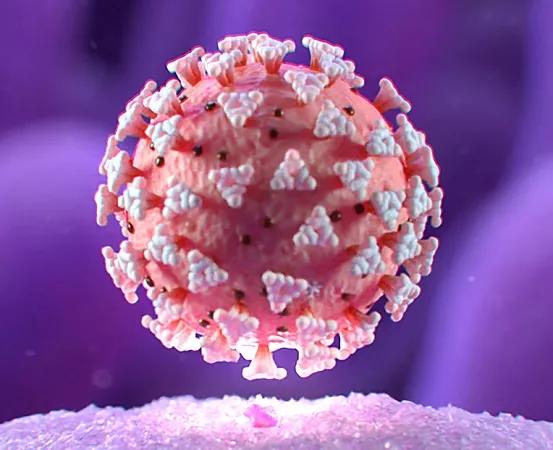
As the pandemic evolves, rheumatologists must continue to be mindful of most vulnerable patients
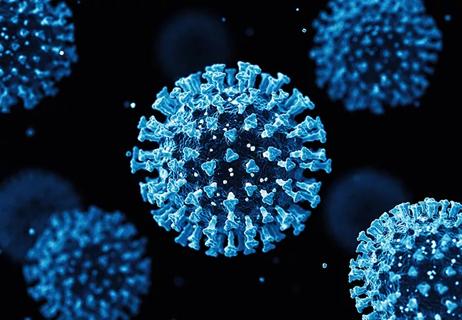
Early results suggest positive outcomes from COVID-19 PrEP treatment
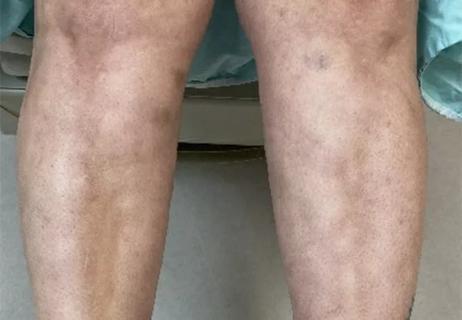
Could the virus have caused the condition or triggered previously undiagnosed disease?
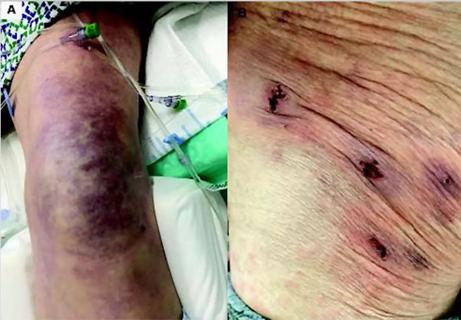
Five categories of cutaneous abnormalities are associated with COVID-19